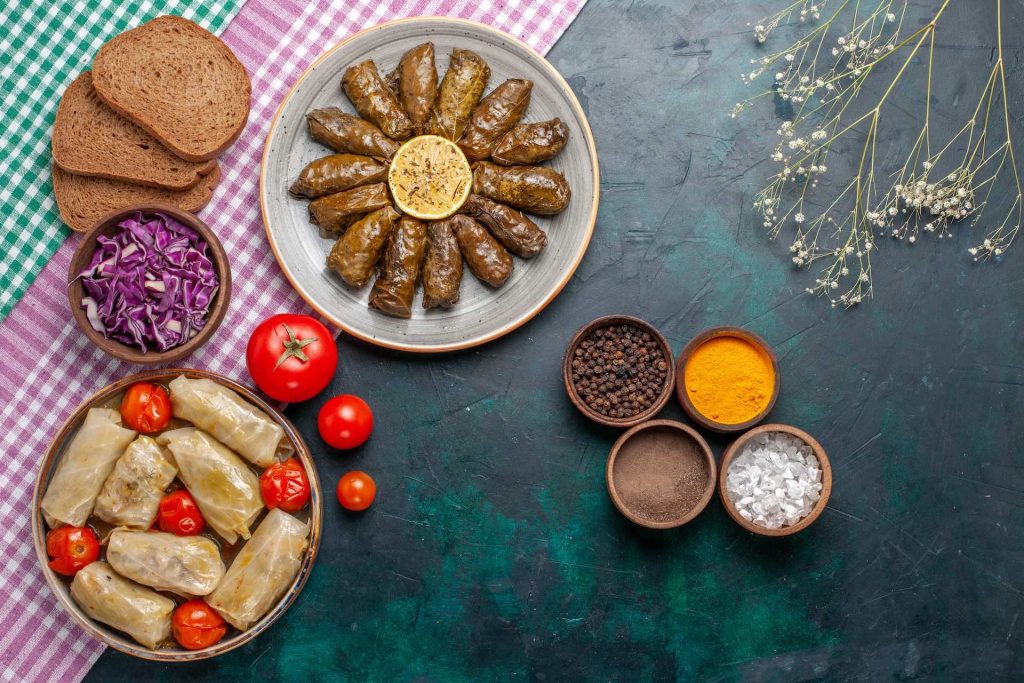Discover Maramures
Sarmale: A Tender Romanian Tradition

Sarmale, the iconic stuffed cabbage rolls of Romania, embody the rich tradition and cultural heritage of Maramures (Maramureș). This region, known for its picturesque landscapes and deep-rooted traditions, brings a distinctive flair to the dish, making it a beloved staple of family gatherings and major celebrations. In this article, we explore the history, cultural importance, and unique preparation methods of Sarmale in Maramures, revealing why this dish remains a cornerstone of Romanian cuisine.
Historical Roots of Sarmale in Maramureș
The tradition of making Sarmale in Maramures is a story that intertwines Romanian and Hungarian culinary practices, mirroring the region’s diverse historical influences. The basic concept likely arrived with the Ottoman Empire’s expansion, but local adaptations have deeply ingrained it within the Romanian culinary landscape, especially in Maramures. Here, it has evolved to incorporate local ingredients and flavors, creating a version that speaks directly to the heart of this unique cultural region.
Cultural Significance of Sarmale
Sarmale is more than just food in here; it is a symbol of hospitality and celebration, appearing on the table during significant events such as weddings, Christmas, and Easter. The preparation is often a communal endeavor, involving family members across generations. This practice is not only about cooking but also about passing down knowledge, stories, and connections, making it a profound emblem of family and tradition.
Regional Ingredients and Variations
Sarmale in Maramures distinguishes itself with its use of specific local ingredients. The filling typically includes a mix of minced pork and beef, seasoned with herbs like dill and marjoram from local gardens. Smoked meats are key to achieving the deep, savory flavor that characterizes the dish in this region. Additionally, the use of sour cabbage, locally sourced, adds a distinct tang and tenderness to the rolls.
Preparation Techniques Unique to Maramureș
The meticulous process of making Sarmale in Maramures is a testament to the region’s culinary artistry:
- Leaf Preparation: The sour cabbage leaves, preferred for their flavor and pliability, are carefully separated and trimmed.
- Filling: The filling—a hearty mix of meats, rice, onions, and local herbs—is seasoned and mixed by hand to ensure even distribution of flavors.
- Rolling: Precision is key in rolling the Sarmale, ensuring each cabbage leaf encases the filling snugly to prevent unraveling during cooking.
- Layering and Cooking: The rolls are strategically layered in a pot with smoked meats and perhaps a layer of chopped fresh cabbage between layers for extra flavor. The pot is then filled with a rich tomato sauce and slow-cooked, allowing the flavors to meld over several hours.
Serving Traditions in Maramures
In Maramures, serving the dish is as much about tradition as it is about taste. Accompanied by steaming polenta and rich sour cream, the dish is often garnished with fresh dill or parsley to enhance its rustic appeal. During festive occasions, it is typically enjoyed with local wines or homemade brandies, which complement the rich flavors of the dish.
Nutritional and Social Value
Beyond its delightful taste, Sarmale is nutritionally balanced, offering a good mix of protein, fiber, and vitamins. The cabbage, rich in vitamin C and fiber, wraps around a filling that’s hearty yet nutritious, providing a wholesome meal that satisfies and nourishes.

Making it at Home: Tips from Maramures
For culinary enthusiasts eager to recreate this dish, consider these tips:
- Quality Ingredients: Opt for high-quality, fresh ingredients. Local, organic produce can significantly enhance the flavor profile of your meal.
- Slow Cooking: Allow ample time for slow cooking, which is crucial for developing depth of flavor. Some families in Maramureș cook theirs in wood-fired ovens, adding a subtle smokiness.
- Resting Time: Letting the cooked food rest overnight before serving can greatly enhance its taste, as the flavors continue to develop and integrate.
Community and Festivities
In Maramures, the making and eating of Sarmale are often community-oriented activities that strengthen social bonds. During local festivals and holidays, you can find communal cooking sessions where pots simmer, symbolizing the collective spirit of the community.
Sarmale in Maramures—A Culinary Heritage to Cherish
Sarmale in Maramures is a celebration of heritage, a testament to the region’s rich history, and a beloved tradition that continues to bring people together. Each serving is not just a meal but an invitation to experience and participate in the cultural legacy of Maramures. As families continue to pass down their cherished recipes, Sarmale remains a symbol of the enduring connection to the past and a savory delight enjoyed by generations.